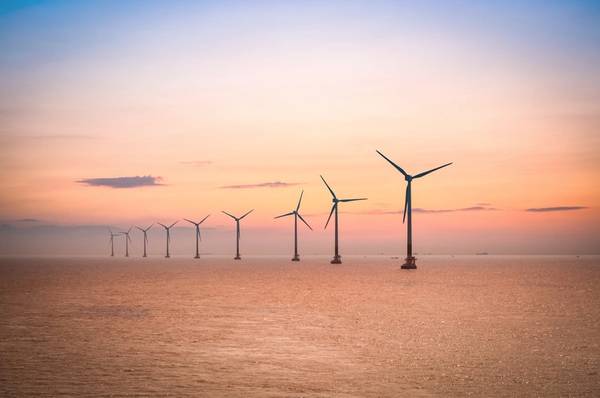
Australia will have to invest in renewable energy and carbon capture and storage at unprecedented speed and scale in order for the economy to achieve net zero carbon emissions by 2050, modeling released on Thursday showed.
The Net Zero Australia project found the country will need about 40 times the total generation capacity of today's national electricity market to achieve this goal by 2050, including 1,900 gigawatts (GW) of solar and 174 GW of onshore and offshore wind capacity.
That level of capacity would require five areas nearly the size of Ireland each across northern Australia to house solar arrays teamed with electrolyzers to produce green hydrogen - hydrogen produced using renewable energy - for export, the project found in interim findings for a study due to be completed in 2023.
The project is a partnership between the University of Melbourne, University of Queensland, Princeton University and management consultancy Nous Group, backed by sponsors including Worley Group and billionaire Andrew Forrest's Minderoo Foundation.
"Our findings show there's no two ways about it - to meet net zero by 2050, Australia must transform," Net Zero Australia Steering Committee Chair and former Australian chief scientist Robin Batterham said in a statement.
"Major and long-term investment is required in new renewable generation, electricity transmission, hydrogen supply chains, and more," he said.
The scale of investment envisioned is much bigger than Australia's energy market operator has outlined in its hydrogen superpower scenario at about seven times current grid consumption.
To replace Australia's coal and gas sales, two of the country's biggest export earners, with clean energy exports, electricity generation in 2050 would have to expand by 8 to 15 times current levels, costing hundreds of billions of dollars, the project found.
"Remember most of that is servicing the rest of the world, not us .... Others should pay for that, not us. Others should provide an awful lot of the technical knowhow and maybe even a lot of the labor," Michael Brear, one of the report's authors, said at the public launch of the study.
Green hydrogen, green ammonia, and electricity by cable could replace coal and liquefied natural gas (LNG) exports - crucial for a country that is one of the world's top coal and LNG exporters.
"We stand to gain large export revenues and a million new Australian jobs, if exported energy stays around today's level," Batterham said in a statement.
The project plans to delve into land issues, water supply, and traditional owner concerns over the next year as it looks at potential obstacles to rapid growth of solar and wind farms and transmission.
($1 = 1.4339 Australian dollars)
(Reuters - Reporting by Sonali Paul; Editing by Ana Nicolaci da Costa and Susan Fenton)



